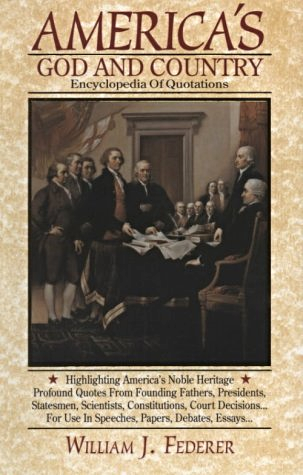Both served in the Continental Congress and both signed the Declaration of Independence.
Both served as U.S. Ministers in France.
One was elected the 2nd President and the other the 3rd.

Once political enemies, they became close friends in later life.
An awe swept America when they both died on the same day, JULY 4, 1826, exactly 50 years since they signed the Declaration of Independence.

Their names were John Adamsand Thomas Jefferson.

Thomas Jefferson’shandwritten Declaration of Independence used the wording “inalienable” rights as seen in the copies at the American Philosophical Society in Philadelphia, the New York Public Library, and the Massachusetts Historical Society in Boston.
John Adams hand copied Jefferson’s original draft and changed the spelling to “unalienable” rights when he oversaw the printing of the Declaration on the Dunlap broadside.
According to The American Heritage Guide to Contemporary Usage and Style (Houghton Mifflin Co.), “unalienable” and“inalienable” both mean “that which cannot be given away or taken away.”

John Quincy Adams, son of John Adams, was the 6th President at the time and told Congress, December 5, 1826:
“Since your last meeting at this place, the 50th anniversary of the day when our independence was declared …
two of the principal actors in that solemn scene — the HAND that penned the ever-memorable Declaration and the VOICE that sustained it in debate —
were by one summons, at the distance of 700 miles from each other, called before the Judge of All to account for their deeds done upon earth.”

John Quincy Adams wrote in an Executive Order, July 11, 1826:
“A coincidence … so wonderful gives confidence … that the patriotic efforts of these … men were Heaven directed, and furnishes a new … hope that the prosperity of these States is under the special protection of a kind Providence.”
 Get the book America’s God and Country Encyclopedia of Quotations
Get the book America’s God and Country Encyclopedia of Quotations
Jefferson described Adams as: “the pillar of the Declaration’s support on the floor of Congress, its ablest advocate and defender.”

Defending the Declaration, John Adams told the Continental Congress, July 1, 1776:
“Before God, I believe the hour has come … All that I have, and all that I am, and all that I hope in this life, I am now ready here to stake upon it …
Live or die, survive or perish, I am for the Declaration. It is my living sentiment, and by the blessing of God it shall be my dying sentiment. Independence now, and Independence for ever!”

John Adams stated, June 21, 1776:
“Statesmen, my dear Sir, may plan and speculate for liberty, but it is Religion and Morality alone, which can establish the Principles upon which Freedom can securely stand.
The only foundation of a free Constitution is pure Virtue, and if this cannot be inspired into our People … they may change their Rulers and the forms of Government, but they will not obtain a lasting liberty.”

Inscribed on the JeffersonMemorial on the south banks of Washington D.C.’s Tidal Basin, are Jefferson’swords:
“Almighty God hath created the mind free …
All attempts to influence it by temporal punishments or burdens … are a departure from the plan of the Holy Author of our religion …
No man … shall otherwise suffer on account of his religious opinions or belief, but all men shall be free to profess and by argument to maintain, their opinions in matters of religion.”

In the last letter Jefferson wrote, he told Roger C. Weightman, June 24, 1826:
“The mass of mankind has not been born with saddles on their backs, nor a favored few booted and spurred, ready to ride them.”

The last words of John Adams were:
“Thank God, Jefferson lives!”

The JeffersonMemorial has a warning from Jefferson:
“God who gave us life gave us liberty.
Can the liberties of a nation be secure when we have removed a conviction that these liberties are the gift of God?
Indeed I tremble for my country when I reflect that God is just, that his justice cannot sleep forever.”
